Which Of The Following Is True About Market Segmentation
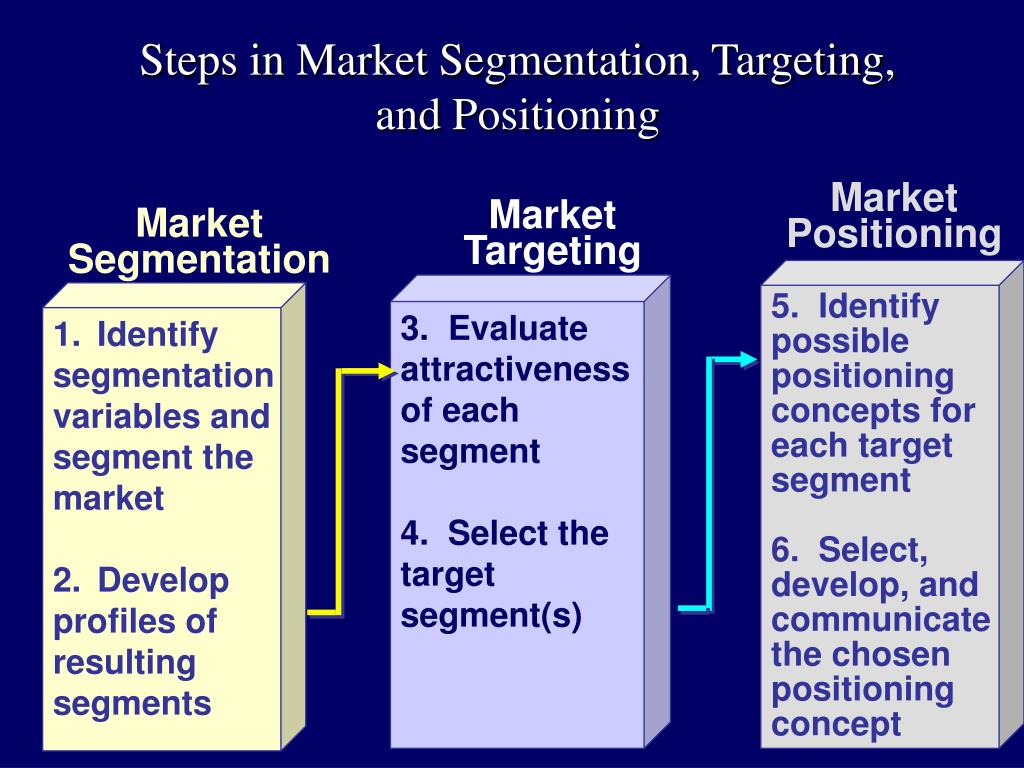
In an era defined by data deluge and increasingly discerning consumers, businesses are under immense pressure to tailor their offerings. The quest for efficiency and relevance has elevated market segmentation from a peripheral marketing tactic to a core strategic imperative. Getting it wrong can mean wasted resources, missed opportunities, and ultimately, a slide into irrelevance.
Market segmentation, the process of dividing a broad consumer or business market into sub-groups of consumers based on shared characteristics, is not merely about slicing a pie. This article explores the nuances of effective market segmentation, clarifies common misconceptions, and examines how various approaches impact business outcomes. We delve into key principles, data-driven strategies, and future trends, providing insights into which statements about market segmentation hold true in today's dynamic landscape.
Understanding the Fundamentals of Market Segmentation
At its core, market segmentation aims to improve the precision of marketing efforts. Instead of casting a wide net, businesses focus on serving specific groups of customers with tailored messaging and products. This enhances efficiency, allowing resources to be concentrated where they yield the greatest return.
Several approaches exist, each with its own strengths and weaknesses. Demographic segmentation, based on factors like age, gender, income, and education, is often a starting point due to its accessibility. However, relying solely on demographics can be overly simplistic.
Geographic segmentation divides the market by location, acknowledging regional differences in needs and preferences. This is particularly useful for businesses with localized operations or products tied to specific climates or cultures. Then there's psychographic segmentation, which delves into the psychological aspects of consumer behavior.
It considers lifestyle, values, interests, and personality traits to create deeper customer profiles. Finally, behavioral segmentation focuses on how customers act – their purchasing habits, product usage, and brand loyalty. This approach can be highly effective in predicting future behavior and tailoring marketing messages accordingly.
Key Statements: True or False?
Myth 1: Market segmentation is only for large companies.
This statement is definitively false. While larger corporations may have more resources to dedicate to sophisticated segmentation strategies, the principles apply to businesses of all sizes. Small businesses, in fact, can benefit greatly from identifying niche markets and catering to specific customer needs with laser-like focus.
A local bakery, for example, might segment its market based on dietary restrictions (gluten-free, vegan) or occasion (birthdays, weddings) to create targeted product offerings. Even sole proprietorships can use segmentation to better understand their customer base and tailor their services.
Myth 2: Market segmentation is a one-time activity.
This is another misconception. Market segmentation is not a static process but rather an ongoing endeavor. Consumer preferences, competitive landscapes, and technological advancements constantly evolve, necessitating regular review and adjustment of segmentation strategies.
Businesses need to continuously monitor their customer data, track market trends, and adapt their segments accordingly. Failure to do so can result in outdated and ineffective segmentation, leading to misdirected marketing efforts.
Truth 1: Effective market segmentation increases marketing ROI.
This is generally true. By targeting specific customer groups with tailored messaging, businesses can significantly improve their marketing ROI. This leads to higher engagement rates, increased conversion rates, and ultimately, greater profitability.
Imagine two marketing campaigns: one targeting all adults and another targeting young professionals interested in sustainable living. The second campaign, with its focused messaging and relevant product offerings, is far more likely to yield a higher return on investment.
Truth 2: Market segmentation should be actionable and measurable.
This is a crucial principle of effective segmentation. Segments should not only be identifiable but also actionable, meaning that businesses can develop targeted marketing strategies to reach them. They must also be measurable, allowing businesses to track the performance of their campaigns and make data-driven adjustments.
For example, segmenting customers based on "love of adventure" might be interesting, but it's not particularly actionable unless the business can identify specific channels and messages that resonate with this group and measure the impact of those efforts.
The Role of Data in Market Segmentation
Data is the lifeblood of effective market segmentation. Businesses leverage various sources, from internal customer databases to external market research reports, to gather insights into consumer behavior. The rise of big data and advanced analytics has further transformed the landscape, enabling businesses to segment their markets with unprecedented precision.
Companies use customer relationship management (CRM) systems to collect and analyze data on customer interactions, purchase history, and demographics. Social media analytics provide insights into consumer sentiment, interests, and online behavior. Combining these data sources allows businesses to create richer and more nuanced customer profiles.
However, data privacy concerns are paramount. Businesses must adhere to strict regulations, such as the General Data Protection Regulation (GDPR), and be transparent about how they collect, use, and protect customer data. Building trust with customers is essential for long-term success.
Looking Ahead: Future Trends in Market Segmentation
The future of market segmentation is intertwined with emerging technologies and evolving consumer expectations. Artificial intelligence (AI) and machine learning are playing an increasingly important role, automating the segmentation process and enabling businesses to identify hidden patterns in their data.
Personalization is becoming the new standard. Consumers expect businesses to understand their individual needs and preferences and deliver tailored experiences across all touchpoints. This requires a deep understanding of customer behavior and the ability to adapt marketing messages in real-time.
Furthermore, the rise of the metaverse and other virtual environments presents new opportunities for market segmentation. Businesses can leverage these platforms to reach niche audiences, experiment with new products and services, and build deeper connections with their customers.
In conclusion, effective market segmentation is a complex but essential discipline. It demands a deep understanding of the target market, a commitment to data-driven decision-making, and a willingness to adapt to changing consumer preferences. Businesses that embrace these principles will be well-positioned to thrive in an increasingly competitive and fragmented marketplace.
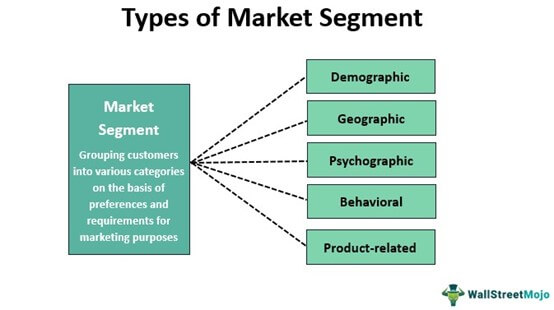

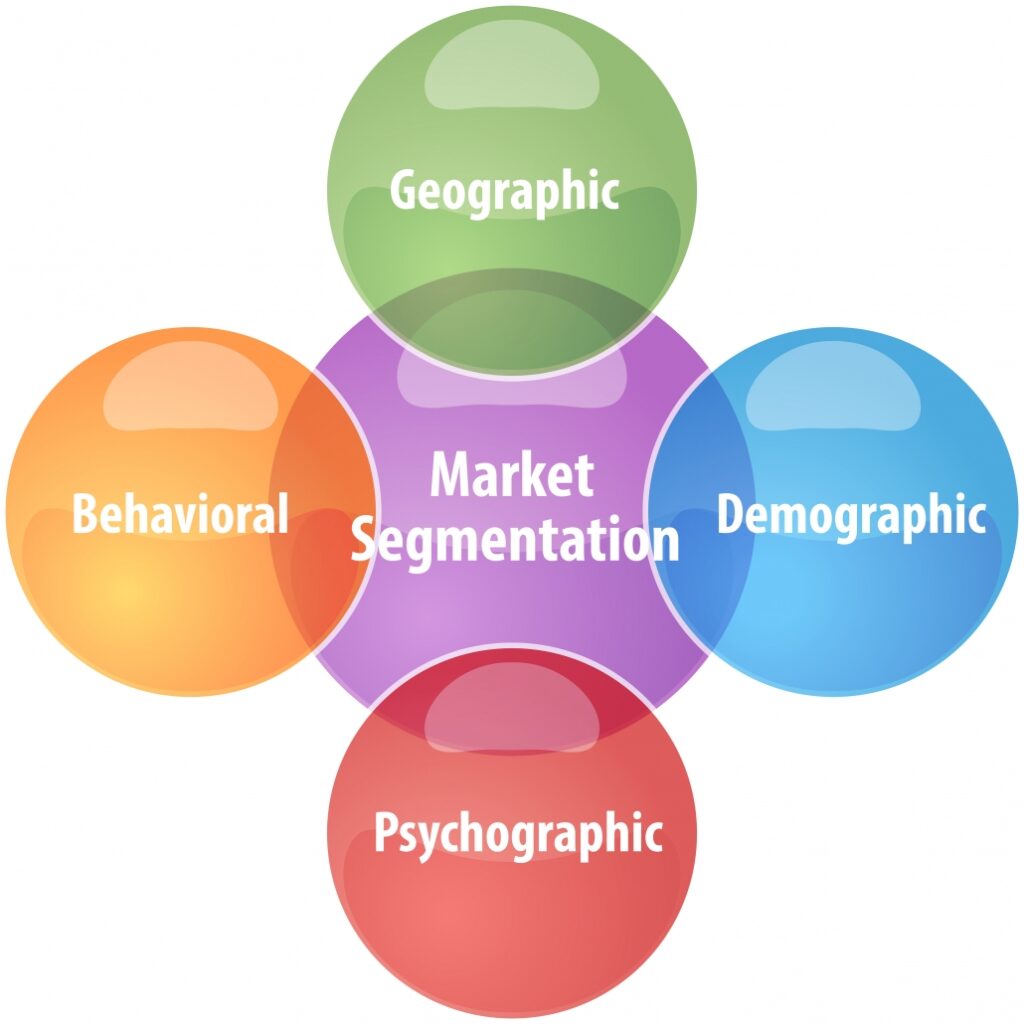
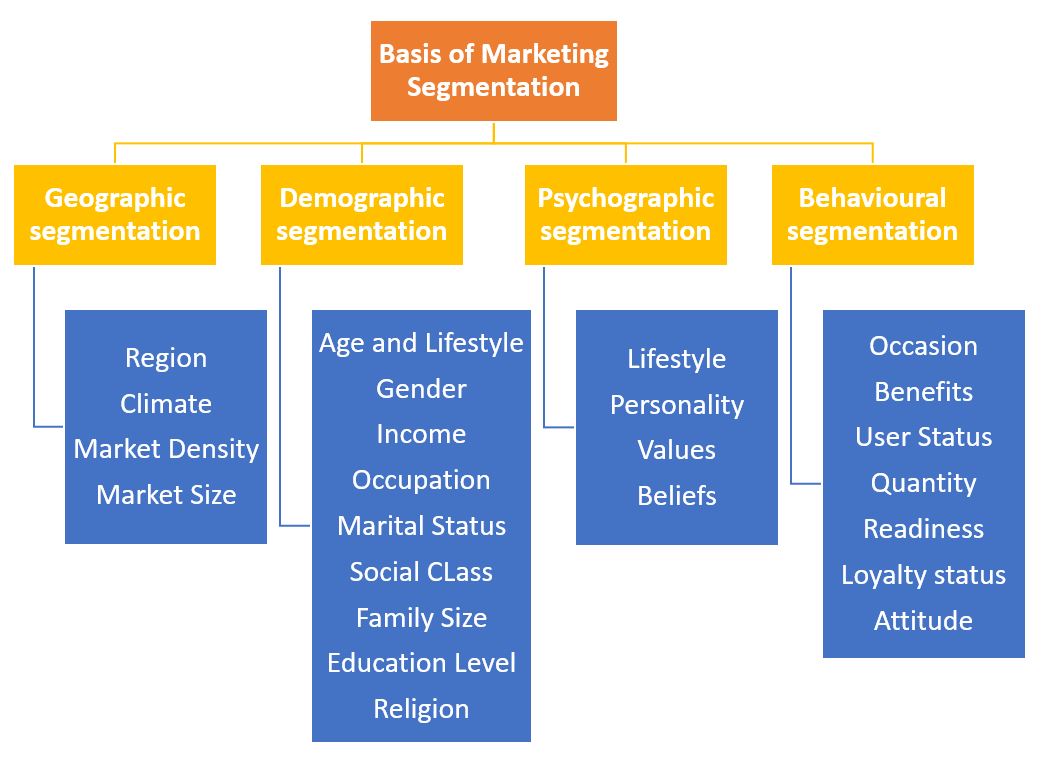

.jpg?download=1)


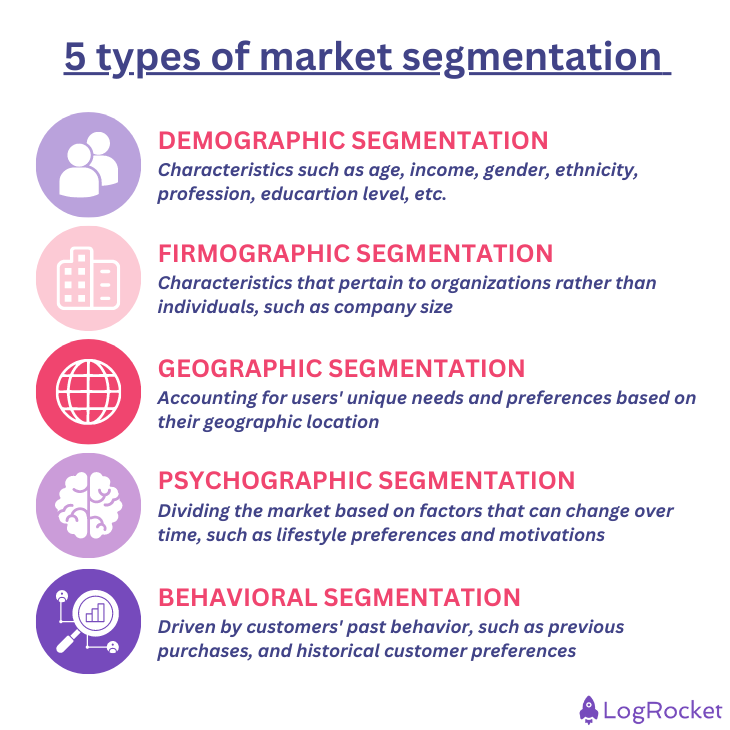




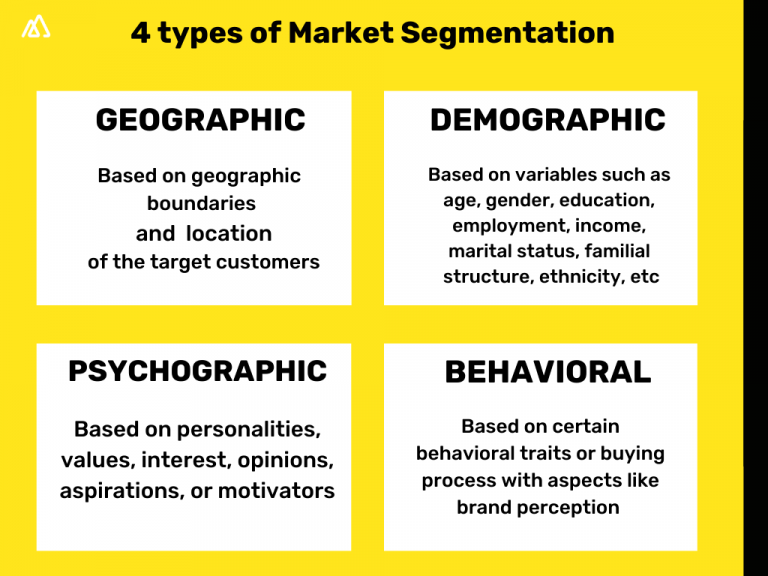
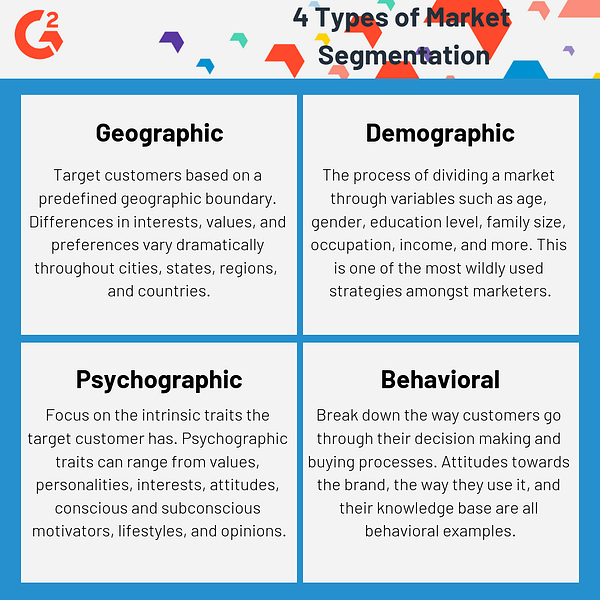

![Which Of The Following Is True About Market Segmentation Market Segmentation: Best Practices & Benefits [2024]](https://jaro-website.s3.ap-south-1.amazonaws.com/2024/07/8-types-of-market-segmentation-2-1024x536.png)

